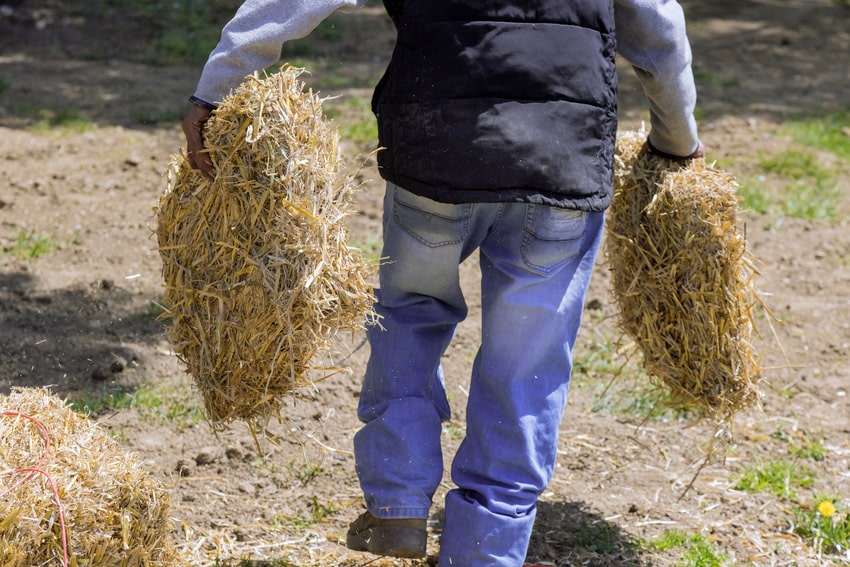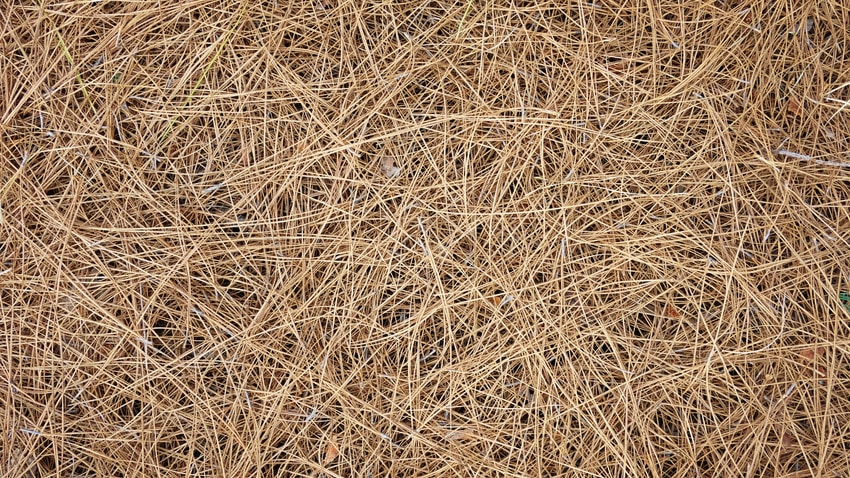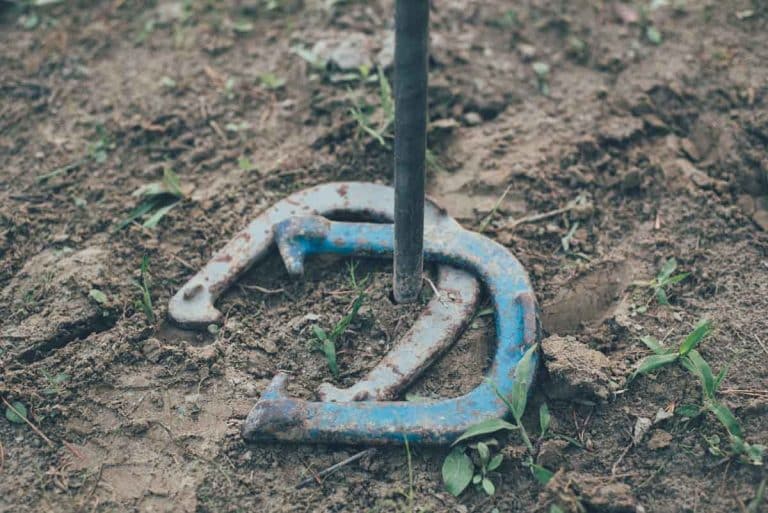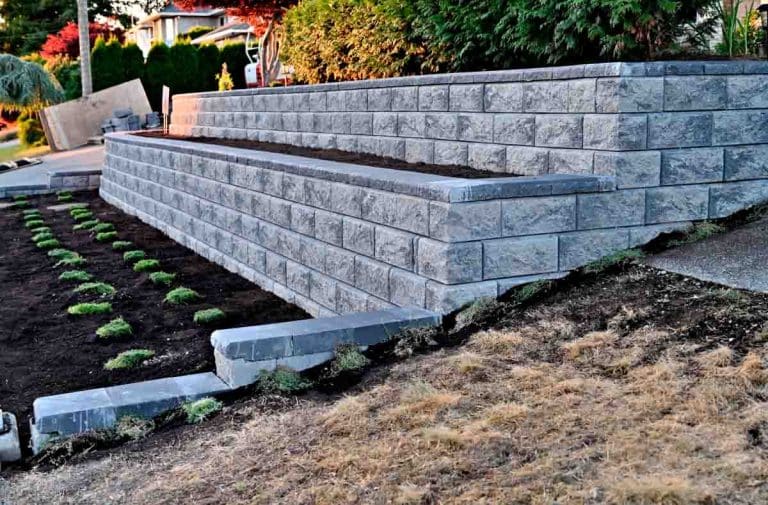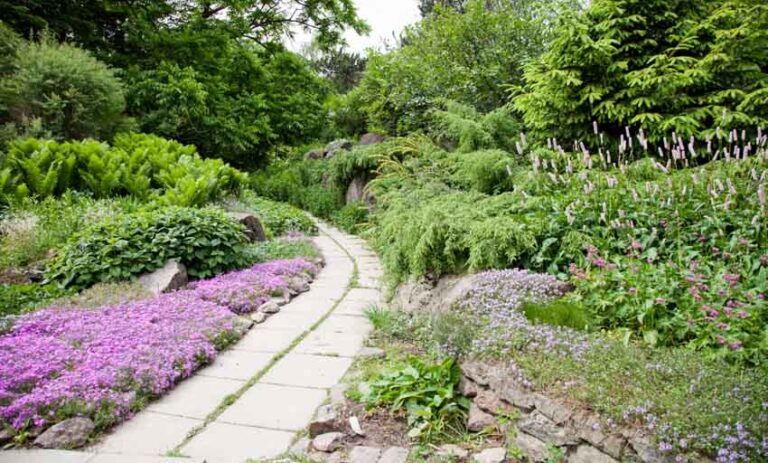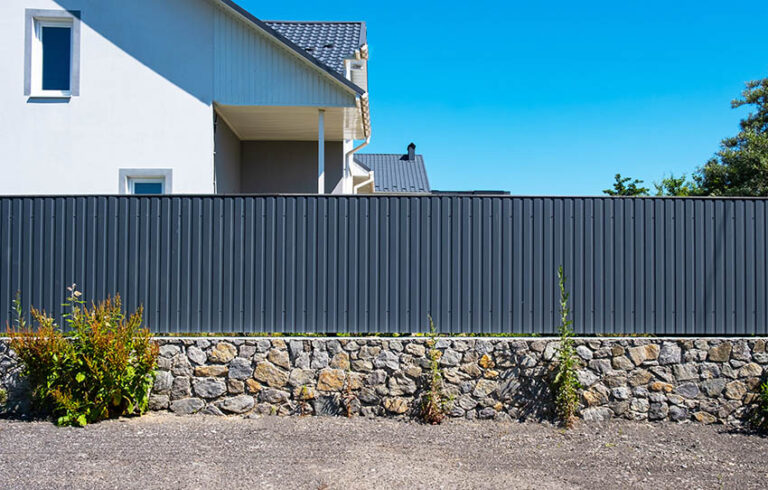Pine Straw vs Mulch (Pros and Cons)
Here’s our pine straw vs. mulch essential guide including what they are, their pros and cons, and the best way to use them in your garden landscaping.
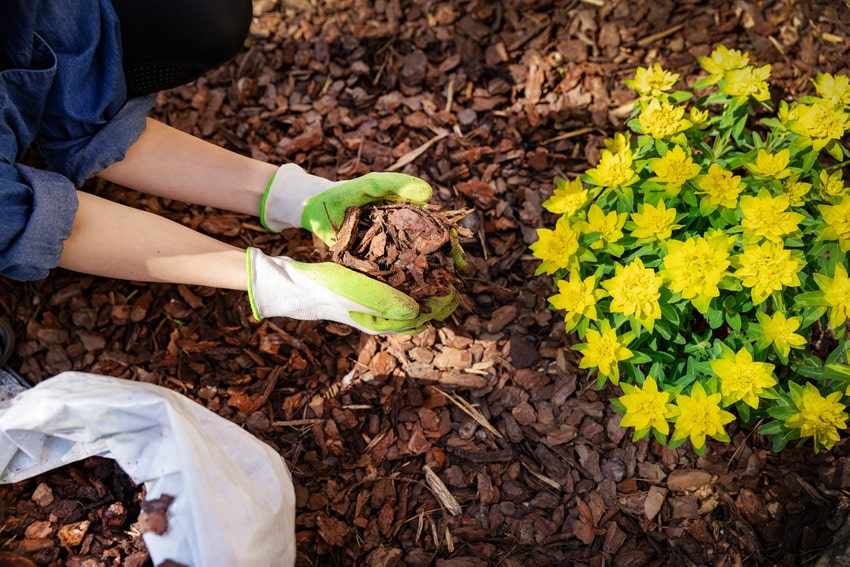
Mulch is perhaps one of the most beneficial elements of gardening. In fact, its significant benefits attest to its importance to both gardening and landscaping.
Aside from smelling nice, mulch actually has a lot of essential purposes to meet your gardening and planting needs. [toc]
What Is Pine Straw vs Mulch?
Both pine straw and mulch are equally great additives that offer a myriad of benefits. However, there are some vital differences that may be worth noting, especially if you need to meet some specific requirements for your soil cover.
Pine straw is basically pine needles that have been collected after they’ve fallen from pine trees. Mulch, on the other hand, is a catch-all term to describe organic ground materials such as wood chips, tree bark, grass, leaves, manure, and compost.
First things first, here are their similarities:
Both work as an all-around ground cover. Covering your soil is beneficial in a lot of ways. Soil covers can help prevent the spread of diseases, promote healthy soil composition, and allow plants to grow uninterrupted by nuisances such as insects, excess heat, and pesky weeds.
Both types of mulch are easy to find. Just check your local home and gardening store, big-box store, or landscaping supplier.
You can find it measured out in pre-packaged bags or bales, as well as by the yard. So long as you have a truck or have access to one (to dodge delivery fees), you’ll have no problem obtaining mulches.
Both can help control your soil. Whether you need to retain moisture, prevent pollutants from seeping in, or even just protect a drip watering system, mulch is there for you, no matter what type it is. Let’s also not forget how attractive mulch can look; even straw.
While pinestraw and mulch can be used in the same way for some applications, there are other factors to consider.
Essentially, you have to think about the types of plants you want to cover around, whether the look of the soil cover complements its surroundings, and if you have unwanted intruders such as ants and other pesky insects in your space.
Meanwhile, here are some of their key differences:
Pine straw is very acidic, while mulch is less of a threat to sensitive plants. Consider those gorgeous azaleas, hydrangeas, or even blueberries in your garden.
While these plants will love the acidity of pine straw, they may prefer a gentler mulch to prevent their roots from burning.
Mulch can be applied almost everywhere, but pine straw is more useful in the garden than in landscaping. It’s true: mulch is very versatile.
For this reason, consider using mulch for projects such as landscaping and flower beds, while saving the pine straw for areas where it’ll function best, such as in vegetable beds and underneath bushy shrubs like rhododendrons. Read more about wood chip mulch pros and cons here.
Some plants can be super picky. Make sure you research which plants will thrive best through either type of soil cover. Some may become wilted and feeble from growing in pine straw, whereas others may keel over from the dyes or minerals in mulch.
Pine-Straw Pros And Cons
You should carefully weigh the pros and cons of both pine straw and mulch to ensure which is best for your gardening needs. We’ve gathered their respective benefits and drawbacks below to help you decide more easily:
Pine Straw Pros:
- Prevents moisture evaporation
- Cheaper than mulch or bark
- More readily available in regions where pine is native
- Easier to replace
- Lightweight; easy to haul
- Provides acidity to the soil
- Protects plants during extreme weather conditions
Pine Straw Cons:
- Can be unsightly
- Too acidic for some plants
- Attracts termites & roaches
- Can hold too much moisture in wet climates
It’s clear that there are more benefits than drawbacks to using pine straw. However, if none of these disadvantages have ever been an issue in your garden before, it’s unlikely that they will become a major concern if you decide to use pine straw.
Mulch Pros and Cons
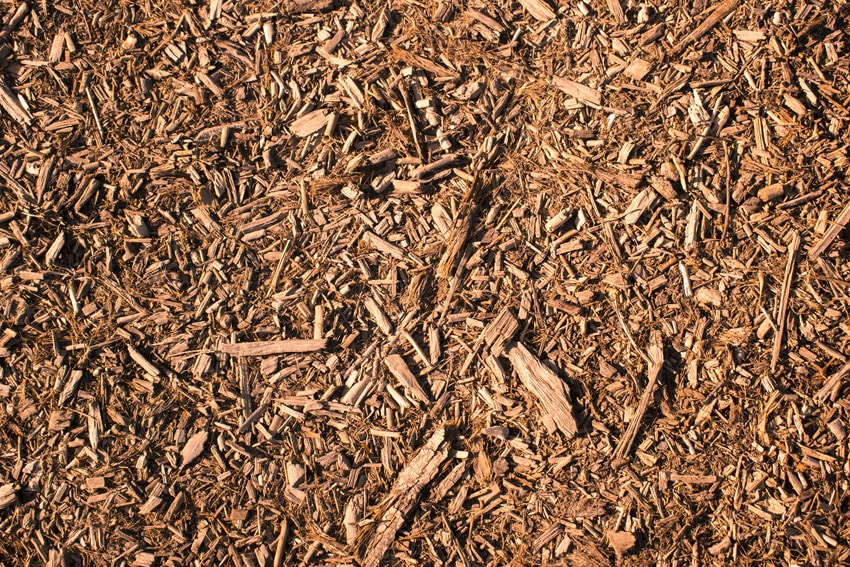
- Can be mixed into existing soil to improve composition and nutrient deficits
- Offers a reduction in moisture evaporation
- Resists most insects
- Reduce sun damage to roots
- Prevents unruly weeds
- Significantly reduces soil erosion
Mulch Cons:
- Encourages poor root growth patterns in shrubs
- Overuse can suffocate plants
- Using too thin a layer can let in and trap excess heat
- Thick beds attract burrowing rodent species
- Cedar mulch can be a powerful allergen to some
While mulch has an aesthetic appeal and plenty of benefits, it’s best to keep in mind that the proper application and maintenance are still far more important than the “looks” factor.
About three inches of mulch is recommended for use in almost all applications, which is just enough to protect the plants from extreme weather conditions, but not so much that it smothers the plants it’s meant to protect.
However, if you have reservations about using mulch, try planting using mulch in a small corner of your garden. You can then monitor the plant for signs of distress before you fully commit to this type of soil cover. Read more about beautiful fence planters here.
When To Use Pine Needles, And When To Use Mulch
While the two can be used interchangeably, there are circumstances where one would be more apt to use than the other.
In some cases, they may be layered over each other, but this process—known as the overwintering technique—is more commonly used when protecting bulbs and fragile root systems from frost.
You should particularly apply pine straw to areas where acid-loving shrubs are planted, such as fuchsias, gardenias, evergreens, and ferns.
Still, it never hurts to read up on the type of soil composition your plants like best.
Pine straw is also useful during chillier months when some plants may not be able to protect themselves from cold snaps. These can include delicate plants such as roses and peonies, which don’t take well to below-freezing temperatures.
Mulch, on the other hand, is generally easier to apply by the shovelful and should be piled in relatively thick. It’s best to lay about three inches of mulch down on the soil, with some divots near the roots of sensitive plants to ensure that the roots have room to breathe.
Meanwhile, mulch is also perfect for flower gardens, vegetable gardens, and ornamental applications.
However, if you don’t have the time or energy to regularly maintain your mulch, try creating a simple rock garden with it instead of planting. At least then, the mulch is easier to replace once it breaks down.
For more related content about pine straw vs. mulch, read this article on cedar mulch pros and cons.

